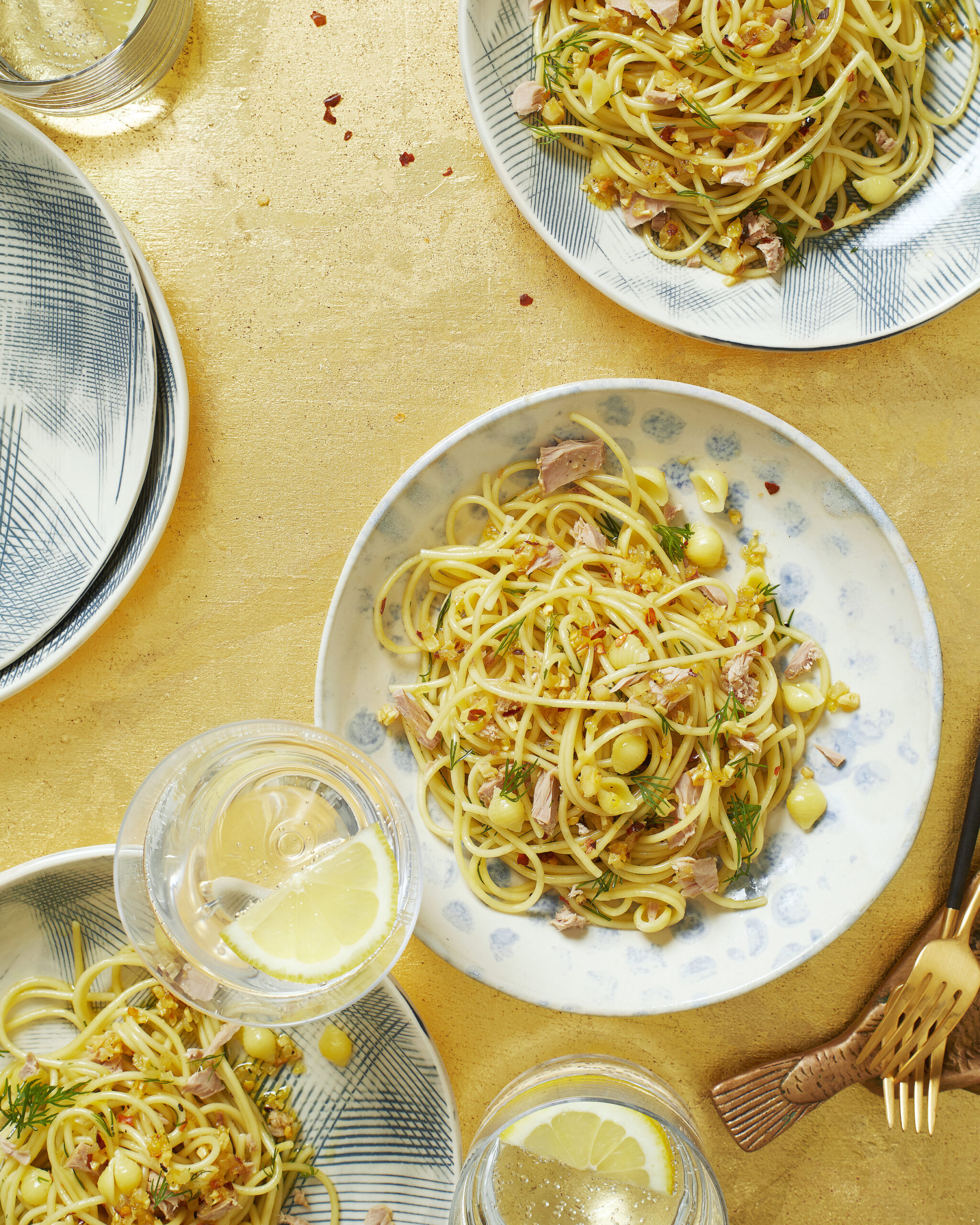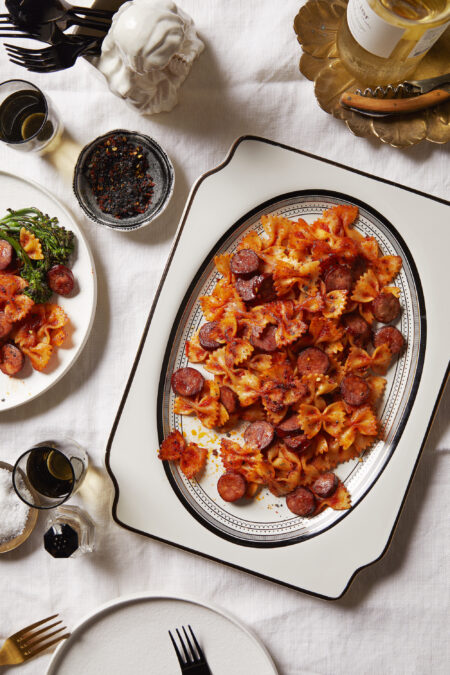With food inflation costs on the rise, it’s time to learn how to extend the life of staple foods in our pantry and fridge to help us save money while also minimizing food waste.
The next time you’re about to pitch an unopened bottle of ketchup or can of soup because the Best-Before-Date has passed, consider that “best before” is not synonymous with “toss after.” Some people use the terms “best before” and “expiry” interchangeably when they are not. Also BBD’s are labelled on everything from bags of milk to yogurt and eggs.
What You Need to Know About Best Before Dates.
Are best-before dates an indicator of quality and safety? Best Before Dates, BBD’s, can be confusing and deceiving, but the worst part is that they also contribute to our food waste. People see the dates and they just toss food items that are still totally edible. I like to tell people to think of then as a REMINDER. If your deli meat is 2 days past its BBD, and opened, you may want to give it a smell before you eat it. BBD’s are supposed to serve only as a guild as to when food is at its bestest, peak freshness, and optimal nutritional value. They also tend to only be of use BEFORE the food product is opened, not AFTER, and that’s where it gets murky. To give you an example, deli meats. BBD’s are useful on the deli meat until it is opened, after that, it depends on how well you have stored the meats. Typically, they only last a few days after that.
Fridge staples have a best before date, but milk, can go bad before that date, if someone, not mentioning any names,happens to leave the milk on the counter all morning. But typically most food items last beyond their BBD’s. Eggs can last 3-5 weeks after their BBD, then you can do the sink or float test. If it sinks in water it is ok, floating eggs in water should be pitched. Yogurt can last up to 1 week or more past its BBD. Butter, if you freeze, can last years.
Stock up on cheap pantry items that last forever.
Rice: is cheap, especially if you buy in bulk, because it is one of the worlds most readily available staple food. Dry uncooked white rice, specifically will last forever in your pantry. Brown and wild rice have more oils, so do not last as long, but last for quite some time.
Bouillon cubes: never expire so you will always have a soup, stew, or sauce base on hand. Boxed, tetra-packed stocks, once opened, go bad after a week in your fridge. So, in a pinch, you can always have some of these flavour bases and boosters on hand…forever.
Dried beans: are highly nutritious and full of fibre also last indefinitely, just need to store in a cool dry place. Depending wehre you shop, dry beans will typically be cheaper than canned and one of the reasons why is that dry beans have an indefinite shelf life. Shelf life dictates prices, for example, avocados have a short shelf life and are more expensive.
Dry Popcorn: microwave popcorn has a BBD, but the dry loose stuff, lasts forever. This way you will always have a snack on hand are cheap cheap cheap. AND all the popcorn you buy is non GMO
Canned Food Items: like canned fruits and veggies last up to 2 years past their Best Before Date. Due to their longer shelf life than fresh produce food items, they tend to be cheaper.
Honey: while not particularly cheap WILL last indefinitely. It may crystallize over time but never goes bad. Its low water content doesn’t let bacteria and fungi grow. Even maple syrup, if unopened in your pantry, will last forever. Once opened, place in fridge.
Peanut Butter: unopened, in your pantry will last 2 years.
Dark Chocolate: lasts up to 5 years!
Canned Tuna, up to 5 years past their Best Before Date. Canned tune is a different variety than the fresh stuff you buy fro things like Seared tuna and sushi. It is a white variety which has a longer shelf life is easier to catch and then process. For my all time favorite canned tuna recipe see attached recipe for Neptune’s Pasta at the bottom of post.
What about food items outside of the pantry?
Potatoes, Squash and Stuff So items like potatoes and squash can last a month or more if stored in a cool dry place, and other item like cabbages, beets, and rutabaga, up to 3 months! These produce items tend to also feed more people, so you can get more meals out of them due to their size, also better on your budget.
Rutabaga When I was a little girl and my parents were making cooked or mashed rutabaga (a staple), I would always steal a few cubes and eat it raw. I loved the sweet, earthy crunch and flavour of it. As an adult, I always wonder, why we do not eat it more raw? It doesn’t always have to be cooked in stews or mashed up. Rutabaga is an excellent source of fiber, Vitamin C, and potassium.
Tofu
I am not a vegetarian, but I love marinated seared and crispy tofu. And now I am buying tofu more than ever. Tofu is my go-to plant based protein; one block is perfect for 2 people and costs pennies compared to the price of meat and chicken right now. You can take anyone of your fav. Marinades or spice rubs and use it on firm tofu. I tend to buy 4 blocks, marinate when I get home and freeze to take out for easy/ fast weeknight meals. Another reason I love tofu is that it cooks up quickly. One block of tofu typically runs me 3-5 dollars, whereas beef or chicken prices are getting higher. Looking for a great tofu recipe, click here.
The Cheaper Cuts
What if you don’t like tofu or plant based meats? Well you may have to start opting for more of the cheaper cuts of meat. Wings have become a weekly weeknight meal now swapping out my roasted chicken breasts. Flank steak now replaces NY strip. These swaps still taste amazing but need some extra care with marinating. The other thing I have been doing is when I am using ground meats; I am boosting them with lentils, to stretch it out, in a chilli or a sauce like this fantastic Lentil Bolognese.
SHOP the REDUCED price aisles first.
If any grocery stores out there can hear me, can you please put all reduced price bakery and produce items at the front of the store or AT LEAST in one place that is easy to find. These items tend to be in multiple places all over the stores, almost hidden. You can find lots of things on sale or at a reduced price, especially baked goods and breads which can easily be frozen when you get home, and reduced price produce can typically be eaten within a couple days.
Neptune’s Pasta a.k.a. Canned Tuna Pasta with Fresh Dill, Lemon and Chilis

Neptune’s Pasta
Have canned tuna in the cupboard or leftover cooked seafood? Here’s a recipe that is known for making use of a little bit of seafood you have on hand and stretching it a long way. Think of this as a seafood version of aglio e olio (garlic and olive oil spaghetti) with the welcome addition of lemon and dill.
3–4 Tbsp olive oil
1⁄2 cup finely chopped onions or shallots
2–3 cloves garlic, finely chopped
1 tsp hot chili pepper flakes (optional)
1 Tbsp lemon zest and lemon juice
1–2 cans of tuna (6 oz. each), drained and flaked
2 1⁄2 cups cooked pasta or 4 oz. dried pasta, cooked
2 Tbsp chopped fresh dill
Salt and pepper
Garnishes: Hot chili oil. Olive oil, Parmesan cheese, grated
Method
1. In a large sauté pan over medium heat, add the oil and sauté the onions until softened, about 3 minutes. Add the garlic and continue to cook until softened, about 3 minutes. Lower the heat if the garlic starts to burn, but a little toasty is OK. Add the chili flakes, if using.
2. Stir in the lemon zest and juice and cook for 1 minute. Stir in the flaked tuna. 3. Stir the cooked pasta to coat in the Neptune’s sauce, fold in fresh dill, season with salt and pepper to taste, and garnish as desired.
Zero-Waste Tip How do you buy canned tuna that is safe for the planet? At the moment our best option is “pole and line” or “troll”-caught tuna. The terms “wild caught” and “dolphin safe” don’t really mean much when it comes to sustainability. Also look for the MSC-certified label.


